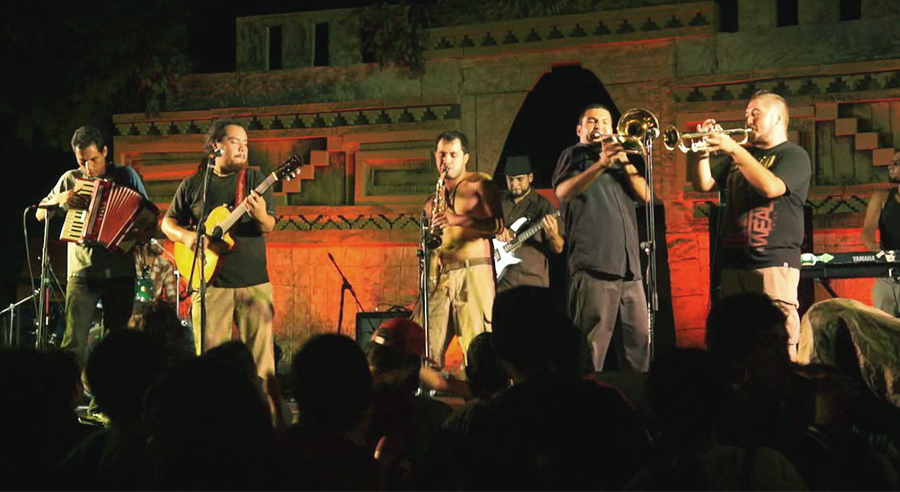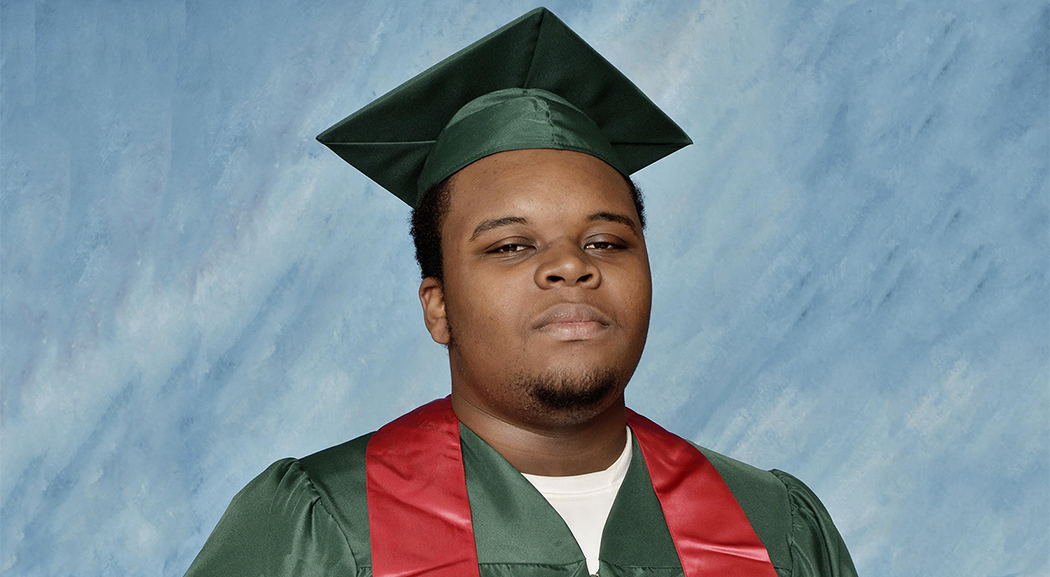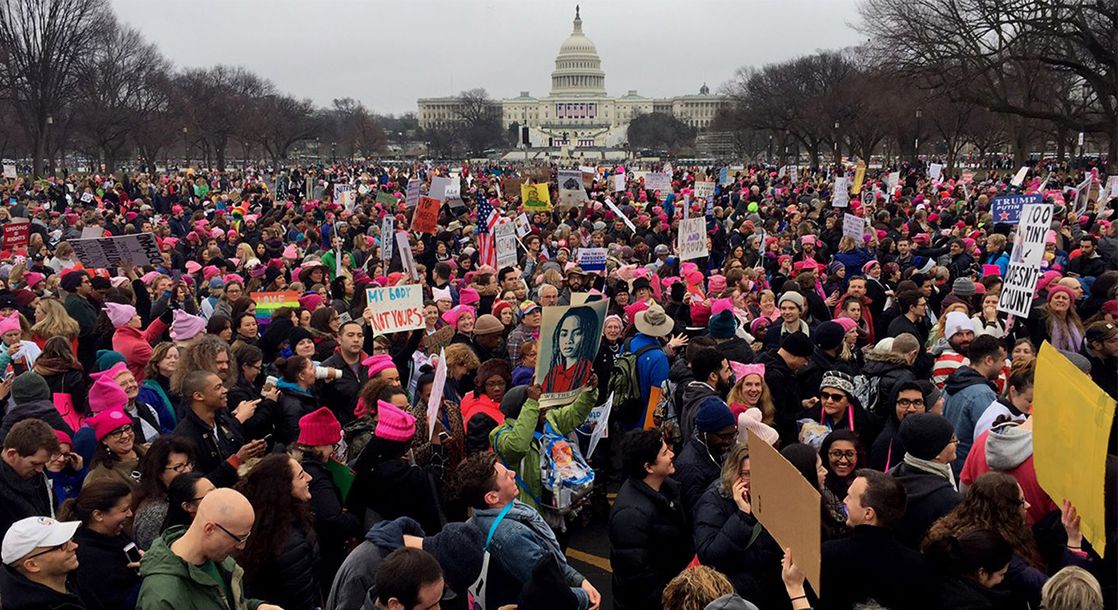Cañamo is arguably the biggest reggae band in Tijuana. The group is currently on tour in Mexico, playing shows in Baja California, Sinaloa, Veracruz and Oaxaca. In the State of Oaxaca, there are many checkpoints along the roads, mostly run by the Federal Government of Mexico, where the band had automatic weapons pointed in their face.
Cañamo, the most recognizable reggae in the Northwest Mexican border city, amassed 176,000 views on YouTube for their video “Zona Norte,” a song about Tijuana’s storied red light district which bustles but 15 miles south of San Diego. A video on their Facebook shows members jamming with Manu Chao.
Entering Oaxaca, the band endured first a federal police checkpoint. “They don’t want people entering who are there to help teachers and activists,” singer Osvaldo Cañamo said. If they determine you are there to help the teachers, you are not allowed to enter the city.
The next is a teacher’s checkpoint, where they don’t let in the police and transports like Coca-Cola trucks.
Osvaldo explained the police checkpoint where they waited in line for over an hour: “They ask where you came from, where you are going, and what you are doing in Oaxaca. They ask your knowledge of what’s going on. If they feel you are not from Oaxaca or you are with the movement, they intimidate you. They say, ‘there is violence in the city. You might get harmed.’”
The police aimed their automatic weapons on the reggae band and occupants of other cars en route to Oaxaca. “They don’t work like regular police. They go through your car with the gun pointed at you, even at children.”
Los federales took twenty minutes going through the Tijuana reggae band’s car, taking information, searching music equipment. “They left no bag unsearched,” Osvaldo said.
“They look at us. I got dreadlocks,” Osvaldo illustrated. “Kids playing reggae music. They took our social security numbers, names. They really felt we were suspicious because we were musicians. Art is suspicious to them.”
Osvaldo’s ticket into the city was his mother from Oaxaca. “I said my mom is from Oaxaca.”
He was born in Oaxaca. But, “[T]hey still took all our information.”
The band didn’t bring anything illegal into the state. “We knew how hard it would be to get into Oaxaca.”
Did it scare him to have a gun in his face? “You know how powerful the police are,” he said. “If they do something to you nobody is going to do nothing.”
Oaxaca’s Guelaguetza, an annual indigenous cultural event in July, has complicated the situation. “It’s becoming more difficult for police to figure out who are teachers and who are tourists,” Osvaldo surmises.
The teacher’s checkpoint is two or three miles up the road. “They treat you right, no big deal. And we told them we were there to help the teachers and help in the fight. So they treated us like amigos.”
Osvaldo sensed a revolutionary atmosphere. He notes the graffiti on buildings: “Real artistic and revolutionary graffiti.”
He adds: “In Oaxaca, you see people who have a lot of money because they work for the government, and those with nothing to lose. They lost it already.”
More than 100 attended Cañamo’s concerts in the state. “A lot of people are watching Oaxaca. People from all parts of the world are in Oaxaca. If you get a gig there, a lot of people go,” Osvaldo said.
Osvaldo noted he believed there were undercover police at the band’s shows. “For sure, there were people at the concert dressed regularly, but were police listening to what’s going on.”
He said people throughout Mexico are discussing Oaxaca: “When we played our first gigs in Sinaloa, people were talking about Oaxaca. Everyone is.”











